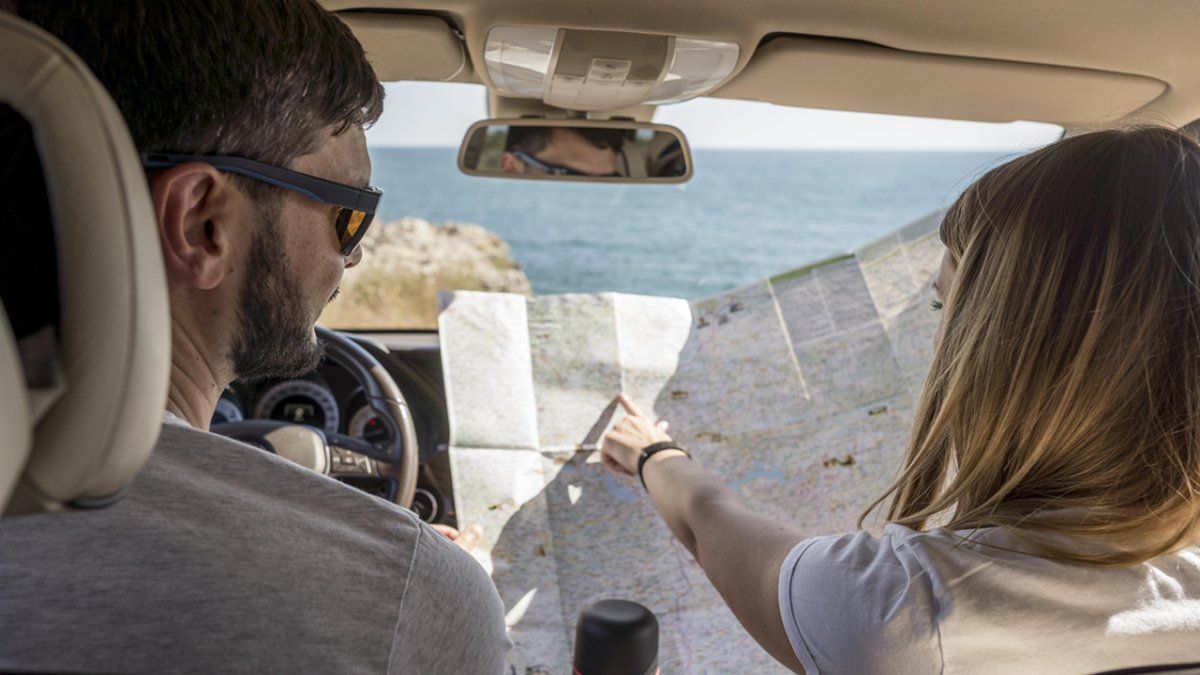The province of Buenos Aires has corners for tourism of enormous natural beauty that often go unnoticed compared to the best-known destinations. Among them stands out Bluea match that combines landscapes of mountains, streams and lagoons with history, culture and a warm rural life.
Surrounded by nature and with an identity marked by art and architecture, Azul has become a jewel of Buenos Aires tourism: an ideal destination for both those seeking relaxation and for adventure lovers.
Where is Azul located?
Azul is located in the heart of the province of Buenos Aires, about 300 kilometers from the Autonomous City of Buenos Aires. It is connected by national routes 3 and 226 and provincial route 51, which facilitate access from different parts of the country. It borders the parties of Tapalqué, Las Flores, Rauch, Tandil, Benito Juárez and Olavarría.
Less than 30 kilometers from its urban center are small towns with rural charm such as Cacharí, Ariel and Chillar, which preserve the quiet air of the old Buenos Aires railway stations.
What can you do in Azul
Azul offers a unique combination of nature, culture and architecture. Among its natural attractions are the Boca de las Sierras Natural Reservewith hills ideal for hiking, climbing and bird watching; he Domingo F. Sarmiento Municipal Parka 22-hectare green space next to the Azul stream; and the Alte Municipal Spa. William Brownwhere you can enjoy water activities, fishing or simply rest.
The city also surprises with its architectural wealth: the Spanish Theaterthe Our Lady of the Rosary Cathedral and the works of the engineer Francisco Salamone (such as the cemetery portal and the slaughterhouse) are part of a heritage tour of great historical and artistic value. Furthermore, Azul was declared Cervantes City by UNESCO, and each year celebrates the Cervantino Festivalone of the most important cultural events in the region.
In terms of gastronomy, visitors can enjoy grills and restaurants that offer local meats, cheeses and artisanal sweets, ideal to accompany with regional wines or a snack with a view of the stream.
How to get to Azul
From the Autonomous City of Buenos Aires you can reach Azul by car taking National Route 3 towards the south, in a route of approximately 300 kilometers who wears some four and a half hours. Another option is to travel through the National Route 226passing through Olavarría, or through the Provincial Route 51which connects with other Buenos Aires towns.
Access is simple and the landscape, with its extensive plains and mountain undulations, anticipates the natural beauty that awaits the visitor.
Source: Ambito
I am an author and journalist who has worked in the entertainment industry for over a decade. I currently work as a news editor at a major news website, and my focus is on covering the latest trends in entertainment. I also write occasional pieces for other outlets, and have authored two books about the entertainment industry.




